Image of the Day: July 2012
Image of the Day Archives

For older Image of the Day pictures, please visit the Image of the Day archives. Pictured: NGC 2467.
I Can't See You
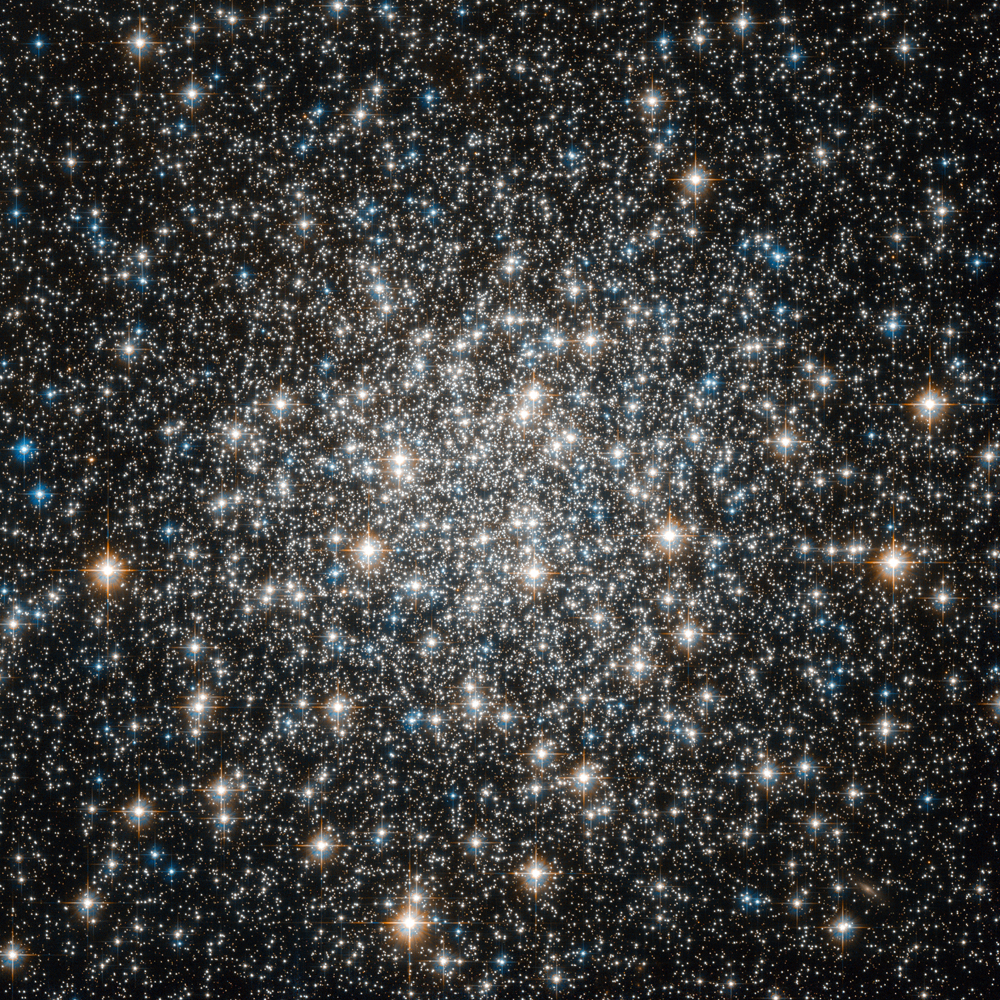
Monday, July 2, 2012: Star cluster Messier 10 lies about 15 000 light-years from Earth, in the constellation of Ophiuchus (The Serpent Bearer). At around 80 light-years across, it should appear about two-thirds the size of the moon. However, it is too dim, even at its core, to see with the naked eye.
— Tom Chao
I Found You
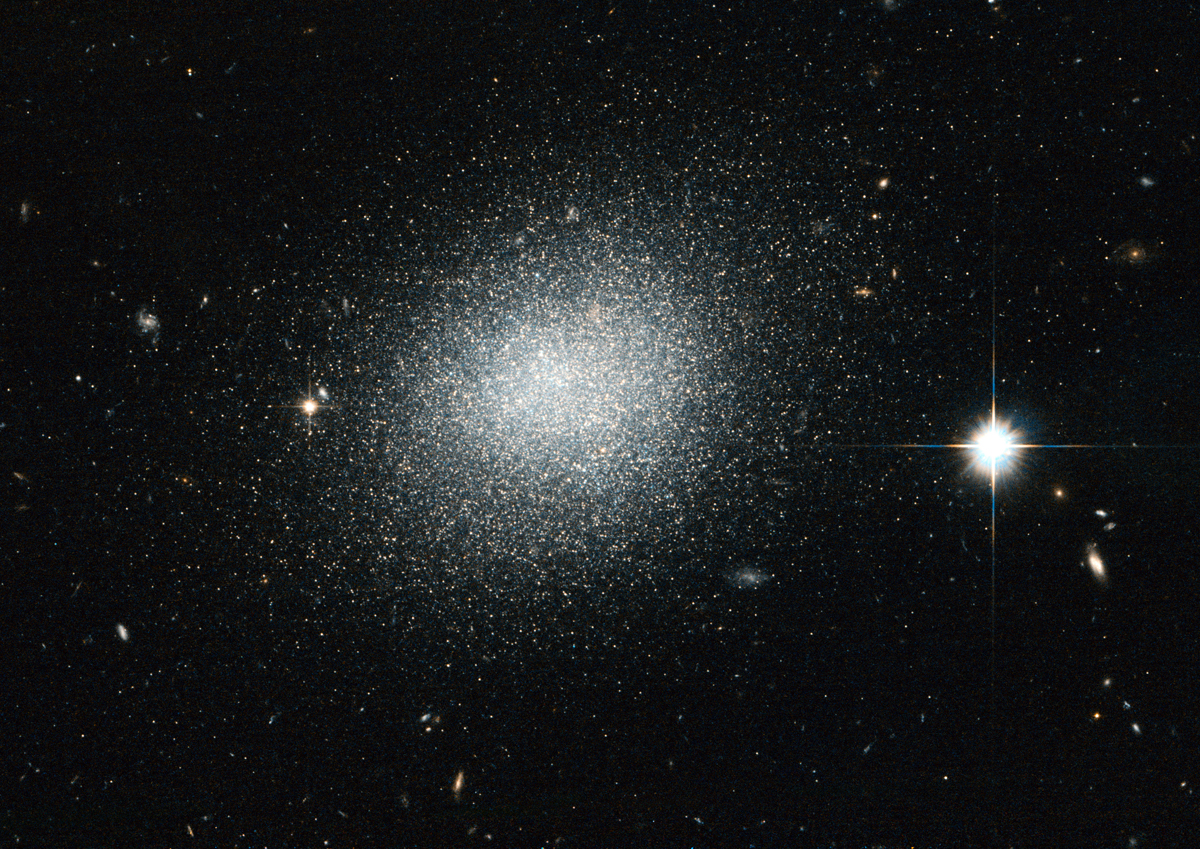
Tuesday, July 3, 2012: The Hubble Space Telescope has captured this view of the dwarf galaxy UGC 5497, a compact blue dwarf galaxy containing clusters of young blue stars. UGC 5497 is considered part of the M81 group of galaxies, and lies about 12 million light-years away in Ursa Major. UGC 5497 was discovered recently, in 2008, during a survey looking for new dwarf galaxy candidates associated with Messier 81.
— Tom Chao
The Vapors
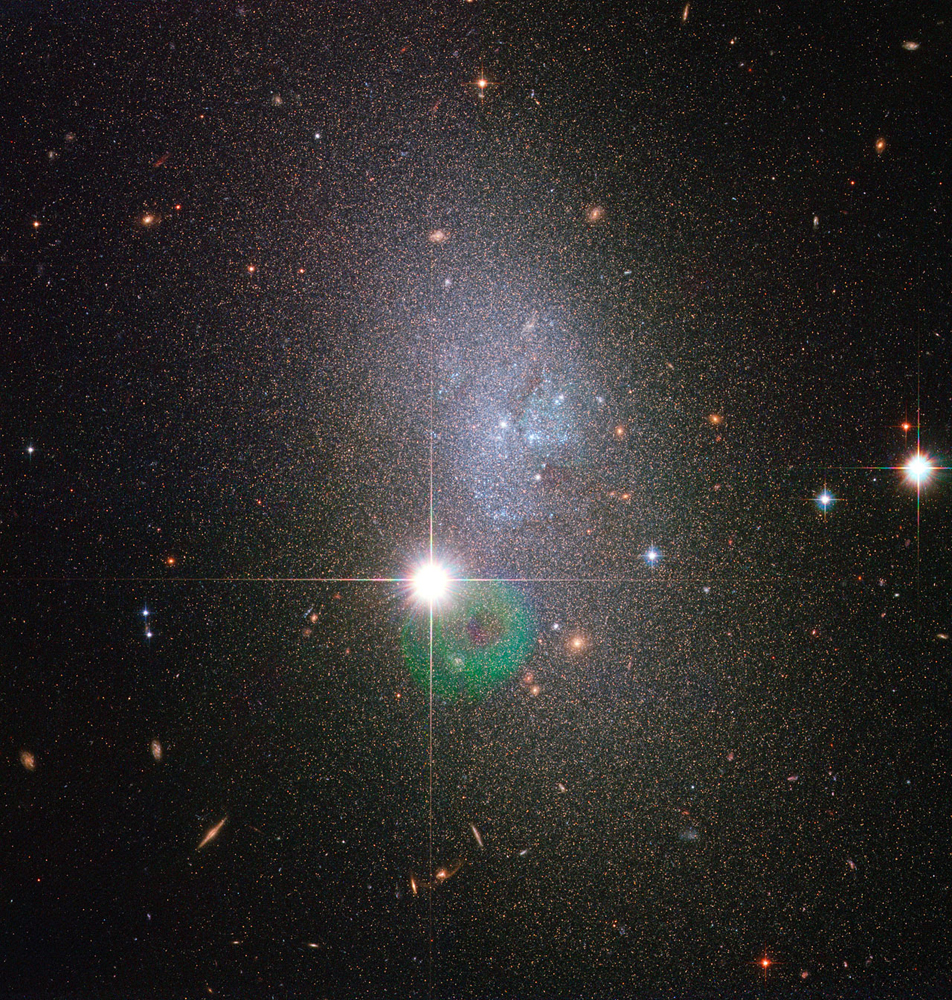
Wednesday, July 4, 2012: DDO 82 (aka UGC 5692) is a "Sm galaxy," or Magellanic spiral galaxy, named after the Large Magellanic Cloud, a dwarf galaxy that orbits the Milky Way. It is a small, amorphous cloud of vapor considered to possess one spiral arm. DDO 82 lies in Ursa Major (the Great Bear), approximately 13 million light-years away.
— Tom Chao
Steppe-ing Out
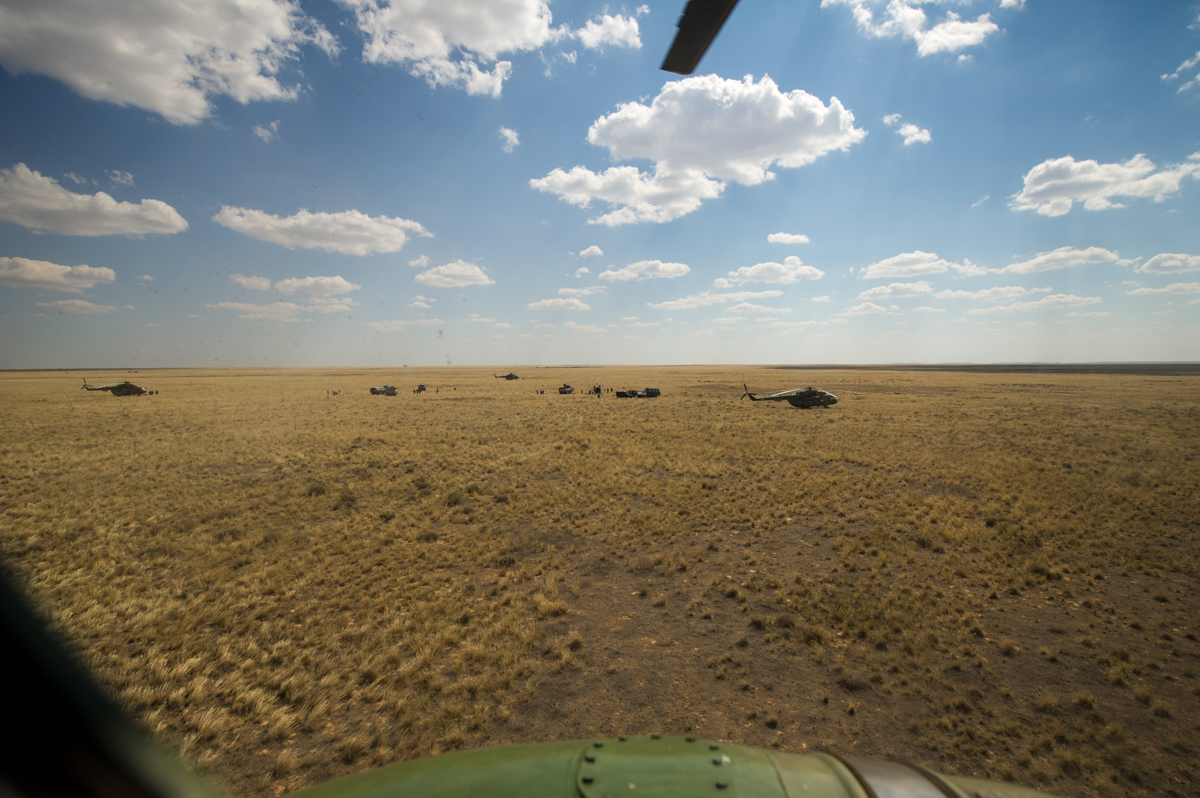
Thursday, July 5, 2012: The Soyuz TMA-03M capsule (at center) carrying 3 crew members of Expedition 31 from the International Space Station landed in a remote area near the town of Zhezkazgan, Kazakhstan, on the Kazakh Steppe, Sunday, July 1, 2012. Flight Engineer Don Pettit, Commander Oleg Kononenko of Russia and Flight Engineer Andre Kuipers of the European Space Agency returned after staying more than six months in space. This photo was taken through the plexiglass window of the helicopter carrying Pettit to Karaganda.
— Tom Chao
Here Comes the Strong Jet
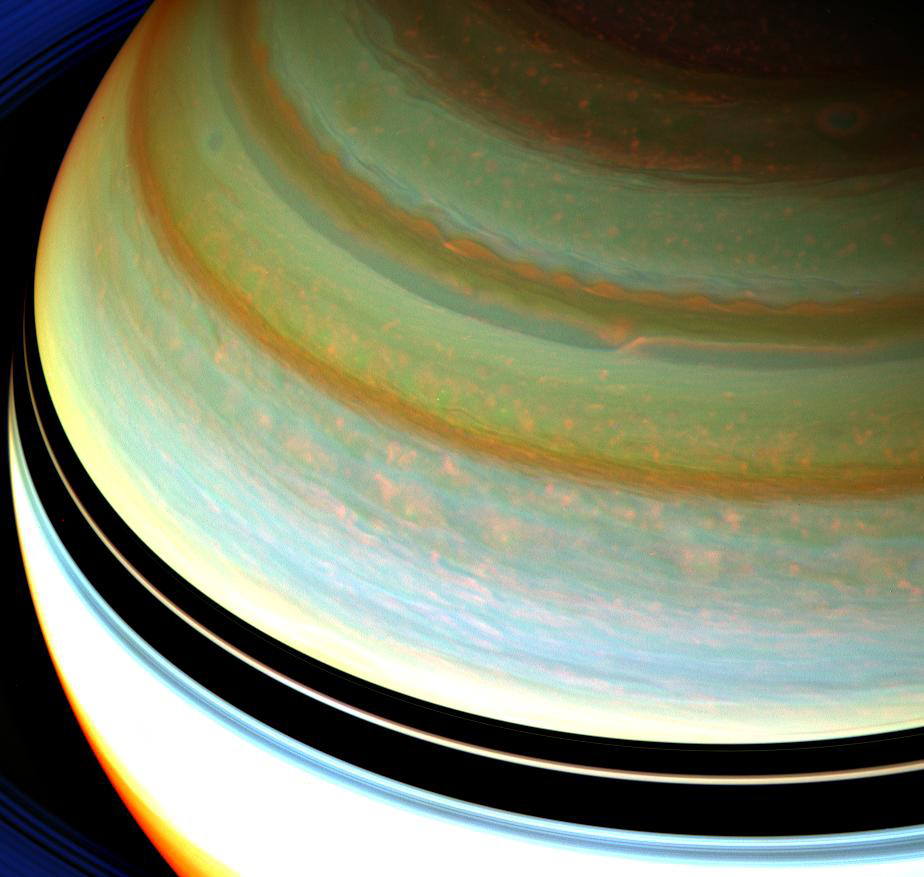
Friday, July 6, 2012: A strong jet stream shoots through Saturn's northern hemisphere in this image by NASA's Cassini spacecraft. Clouds associated with the jet stream are visible starting from the right side of the image about a third of the way down, appearing as a thin, peach-colored horizontal line with a hockey stick-like bend at the western end. Beyond that, blurrier jet stream clouds continue to move along the latitude circle. The images making up this photo were taken with the Cassini spacecraft wide-angle camera on Jan. 13, 2008. Image released June 25, 2012.
— Tom Chao
Globules
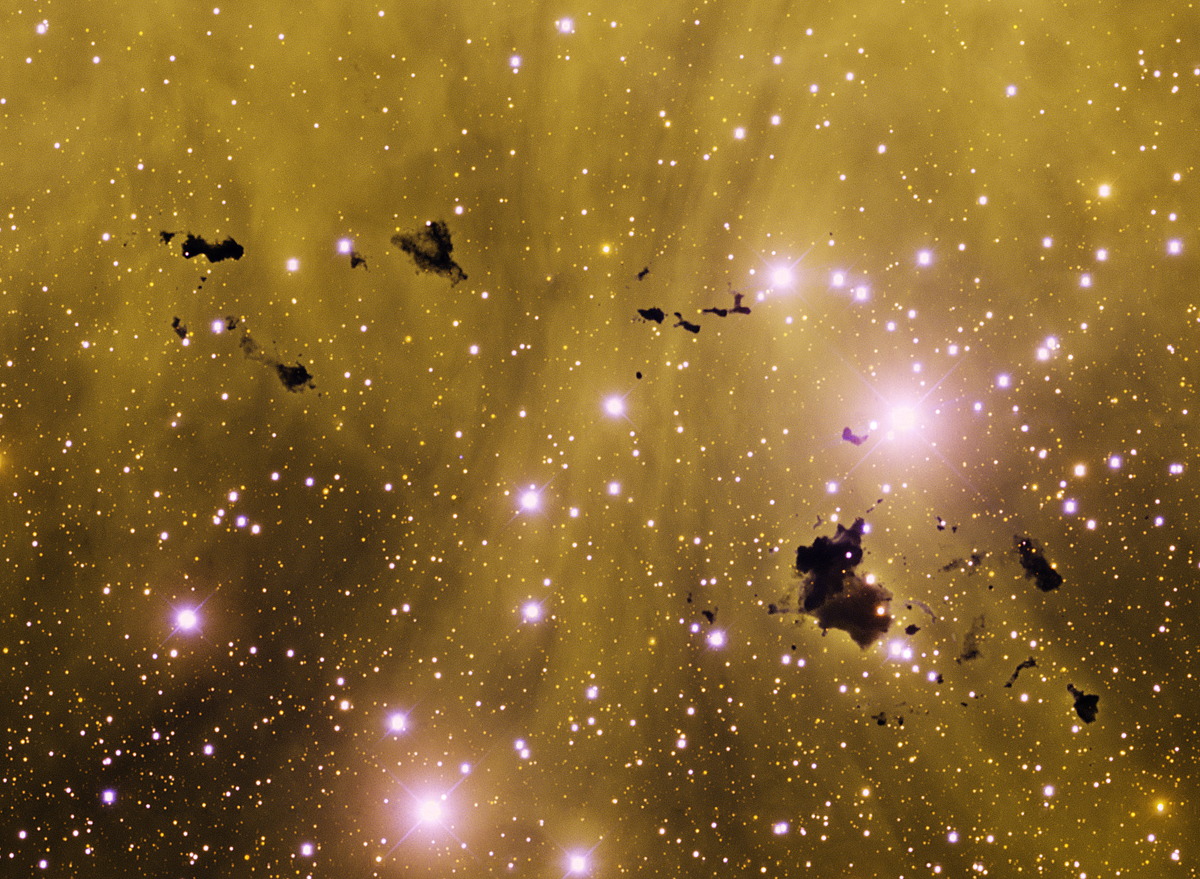
Monday, July 9, 2012: Thackeray's Globules are opaque clouds of interstellar dust and gas large enough to potentially form stars. They lie in IC 2944, a stellar nursery located about 5,900 light years away in Centaurus. The dark globules were first spotted by South African astronomer A. D. Thackeray in 1950. This image was obtained with the Blanco 4-meter telescope at Cerro Tololo, Chile, on Jan. 12 and Feb. 7, 2012.
— Tom Chao
Get the Space.com Newsletter
Breaking space news, the latest updates on rocket launches, skywatching events and more!
A Whiter Shade of Pale
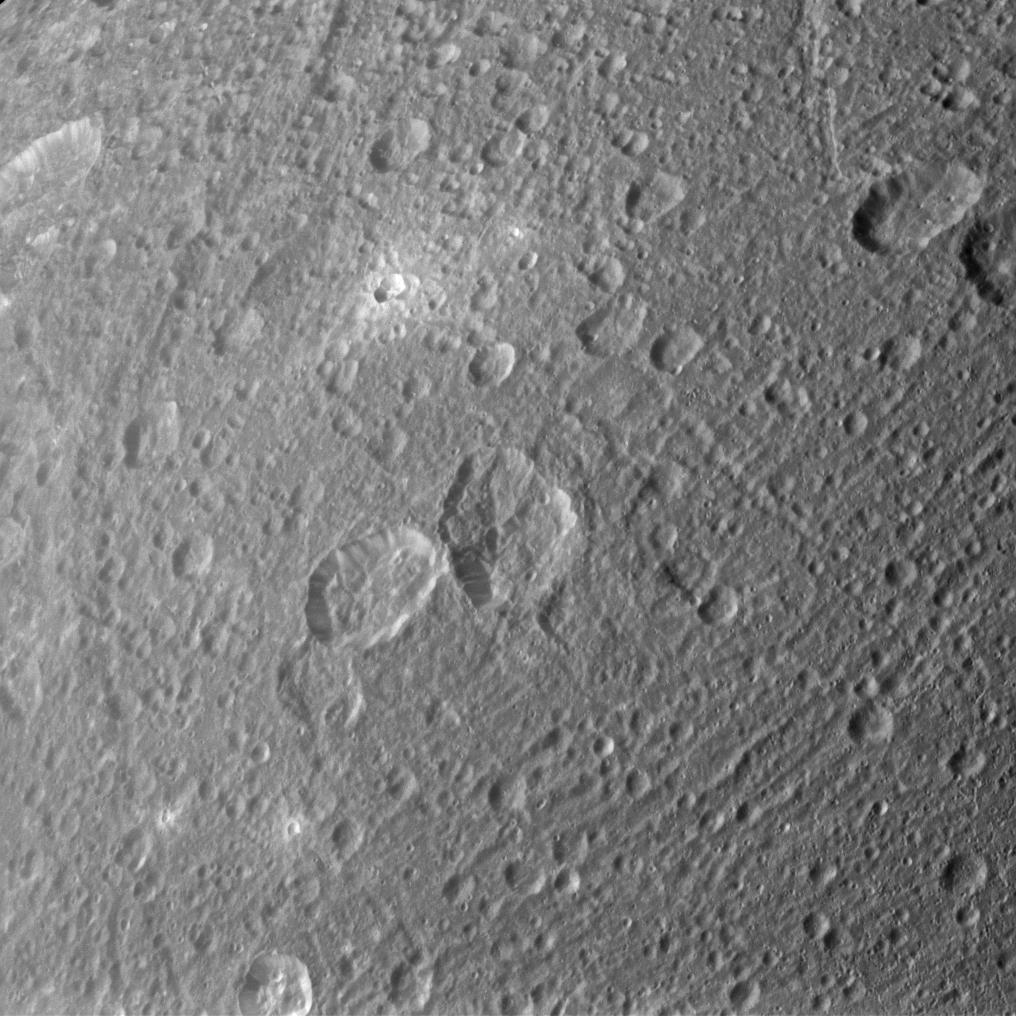
Tuesday, July 10, 2012: Cassini spacecraft flew by Saturn's moon Dione on March 28, 2012. Ejected material around impact craters appears brighter than the surrounding surface in this photo. The image was taken in visible light at a distance of approximately 28,000 miles (45,000 kilometers).
— Tom Chao
Land of the Supergiants
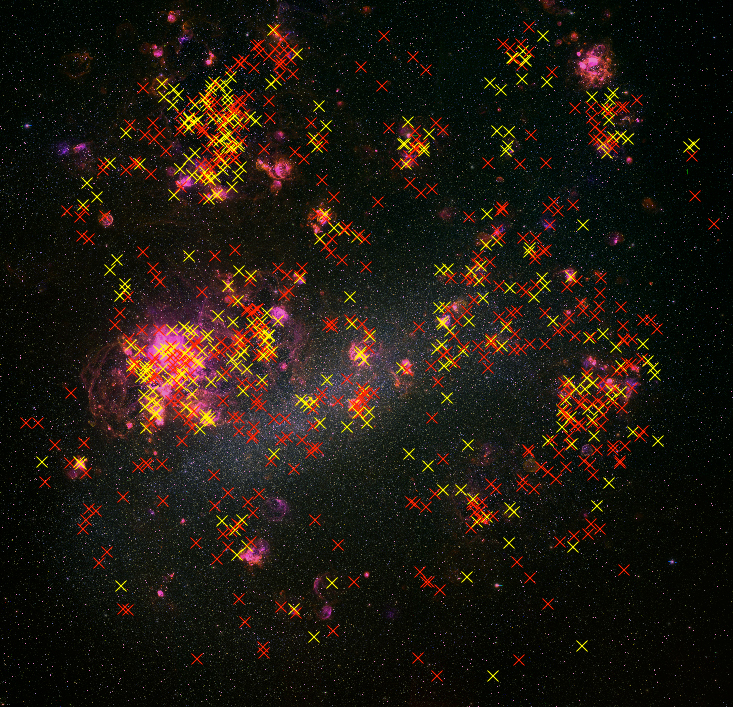
Wednesday, July 11, 2012: Yellow supergiant stars only live a few thousand years, and are thus rare. However, astronomers from Lowell Observatory have managed to hunt down hundreds of rare yellow and more common red supergiants in two neighboring galaxies. This image shows the Large Magellanic Cloud (LMC) galaxy with positions of the supergiant stars marked. Yellow supergiants may be the progenitors of core-collapse supernovae, so furthering our knowledge of them may well increase our understanding of cosmology. Image released April 16, 2012.
— Tom Chao
Red
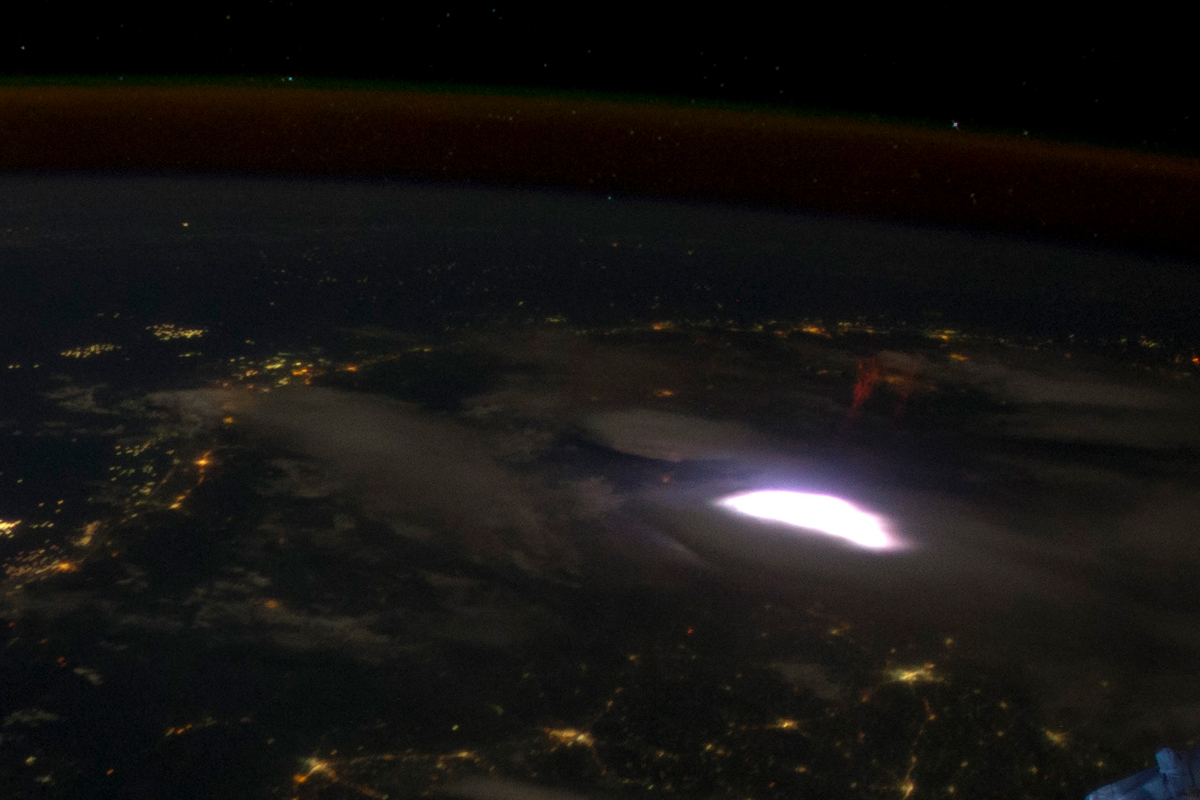
Thursday, July 12, 2012: Mysterious red sprites appear when electrical discharges take place about 50 miles (80 kilometers) up in the atmosphere during thunderstorms. The short-lived flashes only last a few milliseconds and can extend vertically 20 to 30 kilometers. Since the crimson apparitions manifest above thunderstorms, observers on the ground usually cannot see them. Astronauts aboard the International Space Station, on the other hand, have no such obstructions blocking their view. The red sprite seen here (above the bright lightning spot at right) was captured as the ISS was travelling over Myanmar (Burma) into Malaysia on April 30, 2012.
— Tom Chao
Keep Your Feet on the Ground and Keep Reaching for the Stars
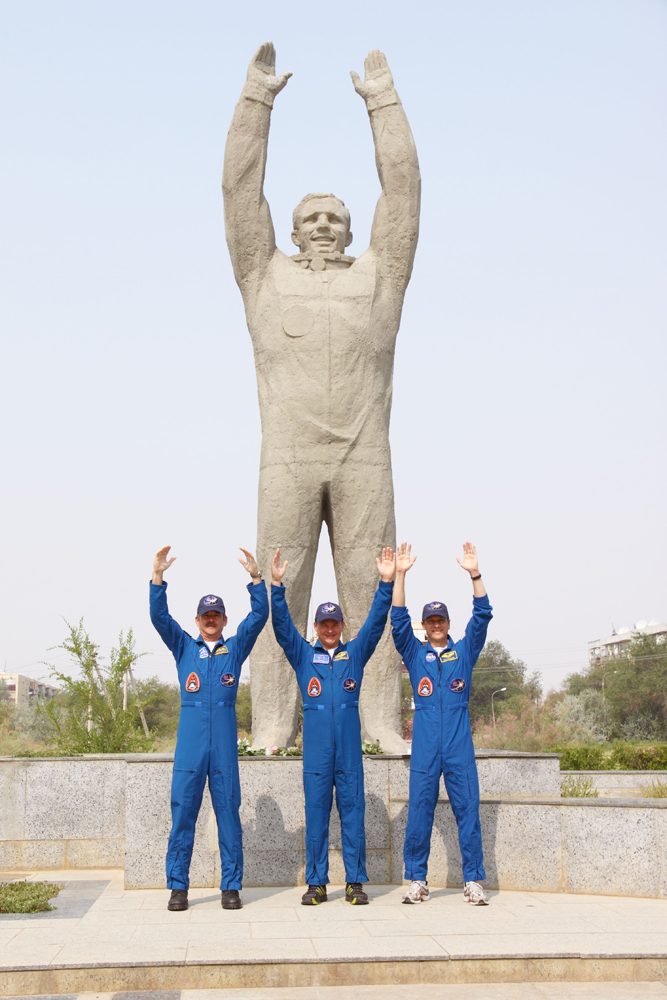
Friday, July 13, 2012: The backup Expedition 32 crew members have some fun in front of a statue of Yuri Gagarin, the first human to fly in space, while visiting Baikonur, Kazakhstan, on July 7, 2012. The town lies near the Cosmodrome, from which the Expedition 32 prime crew members, NASA's Sunita Williams, Yuri Malenchenko and Aki Hoshide of the Japan Aerospace Exploration Agency, are scheduled to launch on July 15, 2012, to the International Space Station. Seen here are (L to R) Flight Engineer Chris Hadfield of the Canadian Space Agency, Soyuz Commander Roman Romanenko and NASA Flight Engineer Tom Marshburn.
— Tom Chao
Join our Space Forums to keep talking space on the latest missions, night sky and more! And if you have a news tip, correction or comment, let us know at: community@space.com.

Space.com is the premier source of space exploration, innovation and astronomy news, chronicling (and celebrating) humanity's ongoing expansion across the final frontier. Originally founded in 1999, Space.com is, and always has been, the passion of writers and editors who are space fans and also trained journalists. Our current news team consists of Editor-in-Chief Tariq Malik; Editor Hanneke Weitering, Senior Space Writer Mike Wall; Senior Writer Meghan Bartels; Senior Writer Chelsea Gohd, Senior Writer Tereza Pultarova and Staff Writer Alexander Cox, focusing on e-commerce. Senior Producer Steve Spaleta oversees our space videos, with Diana Whitcroft as our Social Media Editor.









